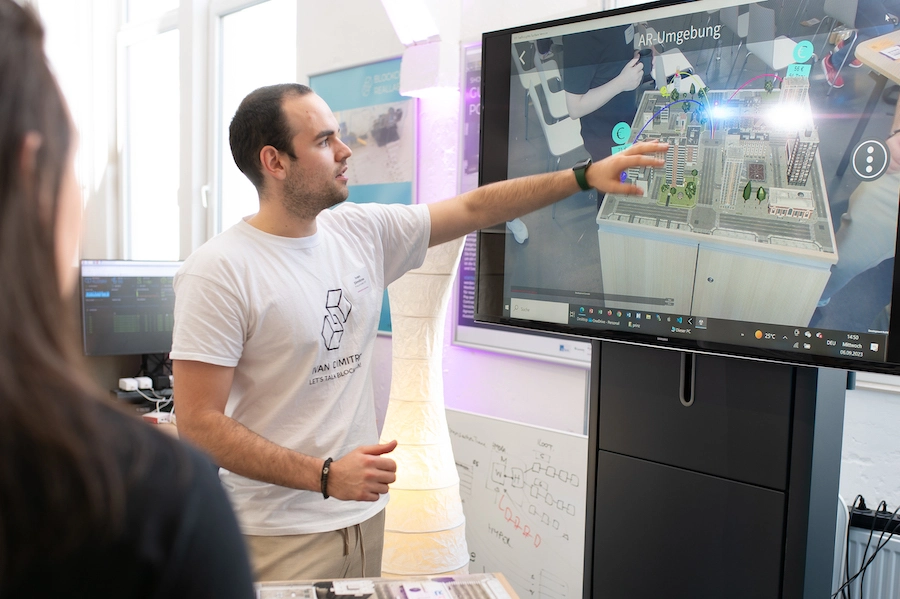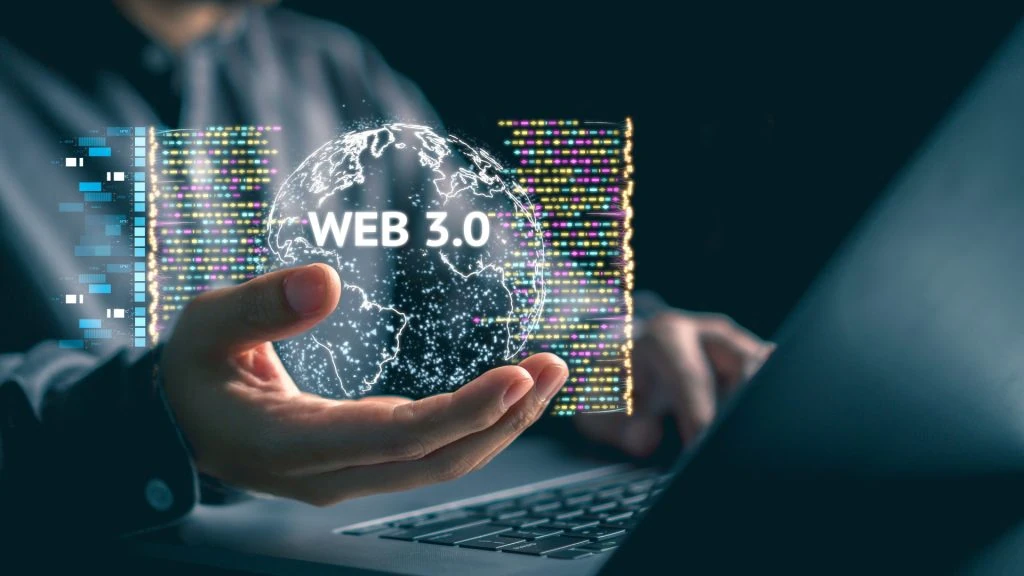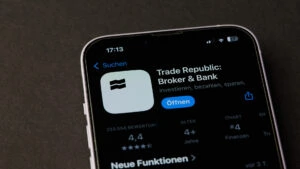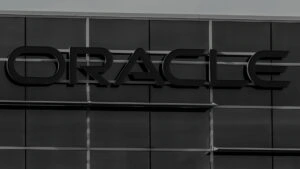Blockchain is an innovative digital technology. Blockchain became known as the technology behind Bitcoin and other cryptocurrencies, but its application potential extends far beyond this.
The “Blockchain Reallabor” project of the Fraunhofer Institute for Applied Information Technology FIT supports companies in process optimization, cost reduction and the development of innovative business models using blockchain technologies.
What is a blockchain?
The blockchain is a decentralized register that records transactions securely, permanently and efficiently. While the secure settlement of agreed financial transactions, for example, requires a trusted intermediary or clearing house, this can be done within a few seconds using a blockchain without involving a third party.
As a result, transactions can not only be carried out faster and more efficiently, but also more cost-effectively. In addition, transactions can be easily traced and verified. The blockchain therefore makes it possible to design tamper-proof processes and create new types of business models. Intermediaries such as a notary or a bank are therefore no longer required for transactions.
You can think of a blockchain as a kind of digital ledger system consisting of a chain of blocks. Each block contains a list of transactions or data that are cryptographically linked to each other. This booking system is documented on a large number of decentralized computers. It is practically impossible to manipulate a single block in the chain. The other computers would immediately exclude the manipulated chain.
Where is the technology already being used?
Blockchain solutions that are already being implemented in the blockchain real-world laboratory include
- Accelerate audits with comprehensible and audit-proof audit reports
- More efficient goods issue and better access management thanks to digital proofs and certificates
- Increasing customer confidence through audit-proof management of sensitive quality and IoT data
- Increase customer loyalty through digital and modern loyalty concepts based on NFTs.
- Implementation of sustainability requirements through CO2 tracking, product passports and digital traceability
The use of blockchain not only enables the management of transactions. It also offers opportunities for automation, so-called smart contracts. Contracts are stored as small program modules on the blockchain and protected against deletion, modification and manipulation. If the condition defined in the smart contract occurs, the smart contract is executed automatically. This allows workflows or contracts, such as insurance payouts, to be automated without the need for an intermediary or wasting time.
Smart City: An automated repair process through smart contracts
One example of the use of a smart contract is the smart city. A traffic light is equipped with a processor. This microcomputer has stored various repair centers. If the traffic light is faulty, the computer can inform the repair stations, obtain quotes and make a decision according to defined rules that are implemented in a smart contract. This decision is documented on the blockchain. Payment is triggered by the smart contract immediately after completion. There is an automated process, less bureaucracy and at the same time all steps can be viewed transparently.

Smart City (Image source: Blockchain Reallabor)
What is Web3?
Based on blockchain technology, a new development stage of the internet is currently emerging, known as Web3. In contrast to today’s internet, which is characterized by centralized platforms, Web3 is characterized by decentralized data storage. Basically, it is not an innovation of the user interface, but an innovation of the backend, a new way of storing and managing information on the internet.
Users can control and monetize their own data
For users, Web3 means a significant regaining of control and sovereignty over their own data. While in today’s social web, platform operators profit from monetizing user data and personalized advertising, Web3 promises a turnaround. Users should be able to protect their personal data more easily and be able to monetize their own content themselves. For example, Web3 users can earn small amounts of money, known as micropayments, through activities such as posting content on social networks. These are paid by other end users who pay for the consumption of content in a fair and transparent way. This reshaping of the digital space not only offers users improved data protection mechanisms, but also new ways to benefit from their digital footprints. Decentralized storage concepts such as IPFS or identity concepts such as SSI are further technology components alongside blockchain technology.
The Web3 potentially changes the competitive mechanisms between companies
In today’s Internet landscape, users are often tied to platforms by closed ecosystems, proprietary data formats or network effects, and switching to competing providers is made more difficult. This may change in Web3. The desired open standards and seamless interoperability between different services will make it easier for users to transfer their data and digital identities between platforms, increasing competition between platform operators and weakening traditional lock-in mechanisms.
The most important takeaways for companies
The application of blockchain technology in the business world has made significant progress in recent years. Originally perceived as complex and difficult to access, blockchain is now a scalable, cost-effective and easy-to-use tool that offers added value to companies in a wide range of industries.
Companies that want to differentiate their products based on specific quality criteria such as carbon footprint will find blockchain an effective means of sharing this information in a credible and verifiable way. Additional digital attributes such as certificates of origin or seals of approval can be added cost-effectively to offer consumers a higher level of transparency and trust in products.
Blockchain solutions can be implemented quickly and without the need for extensive new IT infrastructures. Many blockchain applications are designed to integrate seamlessly into existing systems, which significantly reduces the barriers to entry for companies.
Web3 is still in the early stages of its development, and both users and innovators are undergoing an intensive learning process regarding the complex aspects of Web3. This includes not only the underlying technology, but also extends to market structures, legal frameworks, governance models, infrastructure requirements and changing consumer habits. To create a coherent and seamlessly interoperable Web3 ecosystem, the development of a common vision for the “new internet” is crucial. Platform operators and other players in the digital economy can actively engage with the opportunities and challenges of Web3. Especially in this early phase, there is an opportunity to set the course for the future and position themselves as pioneers in a changing digital environment.
Collaborating with the blockchain real-world lab
You are welcome to arrange a free appointment with us to discuss your ideas.
In addition, the Blockchain Reallabor regularly hosts events at the demonstration center in Hürth. Workshops and presentations on news and developments are held. The Blockchain Reallabor provides information about news on LinkedIn and the website of the same name.







